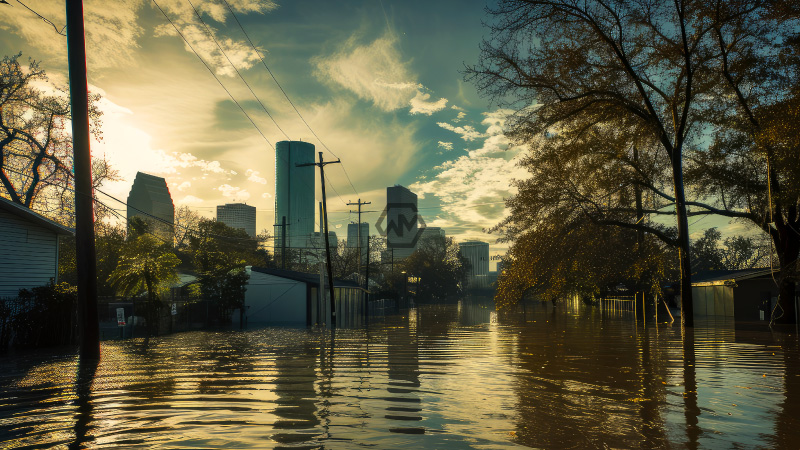- Over 100 lives lost and $22 billion in damages mark Texas’ deadliest flood event.
- Urgent focus on climate-resilient infrastructure, early-warning tech, and smarter insurance models.
- Investors are shifting toward sectors poised to benefit from disaster preparedness and policy reform.
The July 2025 floods in Central Texas devastated communities, claiming more than 100 lives and causing tens of billions in damage. Triggered by sudden, torrential rainfall, rivers like the Guadalupe surged dramatically, giving residents little to no warning.
Beyond the human cost, the floods have catalyzed a nationwide reckoning with disaster resilience. With climate change amplifying the frequency and intensity of such events, public and private stakeholders are accelerating investments in early-warning systems, flood-resistant construction, and parametric insurance models.
Texas Underwater: Investing in the Infrastructure of a Climate-Resilient Future
The failure to provide adequate lead time ahead of the floods revealed cracks in public-sector forecasting capabilities. This has created demand for real-time, AI-powered weather prediction platforms. Tech firms like IBM and startups deploying drones and IoT-based flood monitoring are experiencing significant interest from municipalities seeking to modernize their emergency preparedness systems.
Texas’ flood-ravaged towns have highlighted the vulnerability of outdated infrastructure. Firms like Arcadis are leading the push for green engineering—building elevated homes, permeable roadways, and sponge-city designs that absorb rather than deflect water. These practices are being rapidly integrated into urban planning policies in disaster-prone zones.
The flooding crisis exposed the inefficiencies of traditional insurance models. Parametric insurance—triggering payouts based on measurable thresholds like rainfall levels—is emerging as a faster, more equitable solution. Companies such as Swiss Re and insurers tracking metrics through satellite data are gaining momentum as FEMA and state bodies reevaluate flood risk pricing.
Post-disaster, state and federal agencies have introduced revised flood maps, mandatory elevation standards, and stricter permitting processes. These policies are fueling investor interest in resilience-focused sectors such as grid modernization, microgrids, and sustainable urban design. Utilities like NextEra Energy and Entergy Texas are well-positioned to benefit from these sweeping reforms.
The Texas floods of 2025 were a devastating reminder of our climate vulnerability—but also a wake-up call for smart investment. As communities rebuild, the global economy is shifting toward technologies and strategies that mitigate disaster risk and foster long-term resilience.
“We cannot stop natural disasters, but we can arm ourselves with knowledge and tools to reduce their impact.” – Petra Němcová



